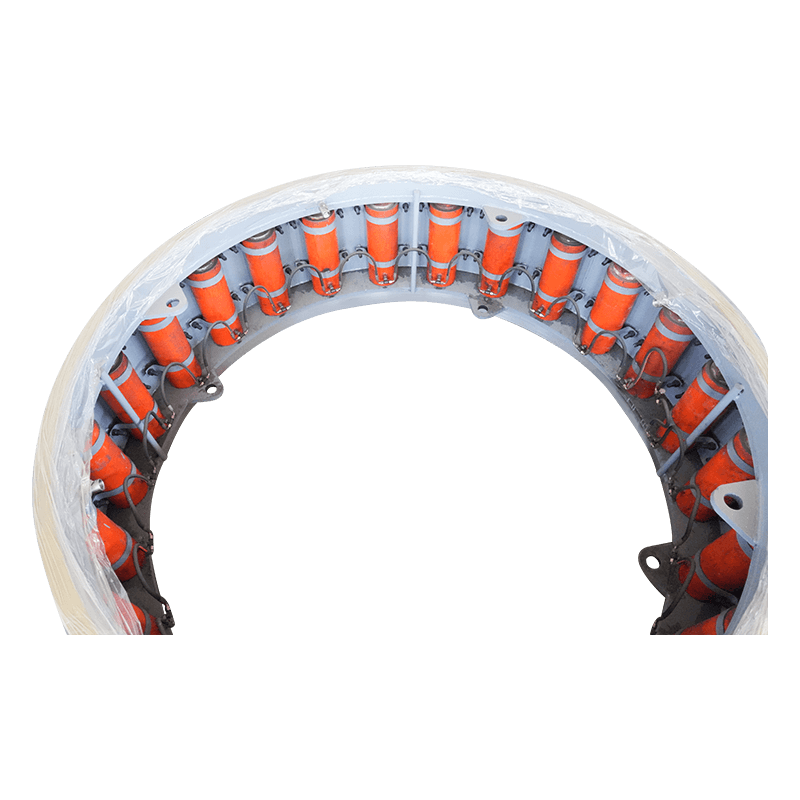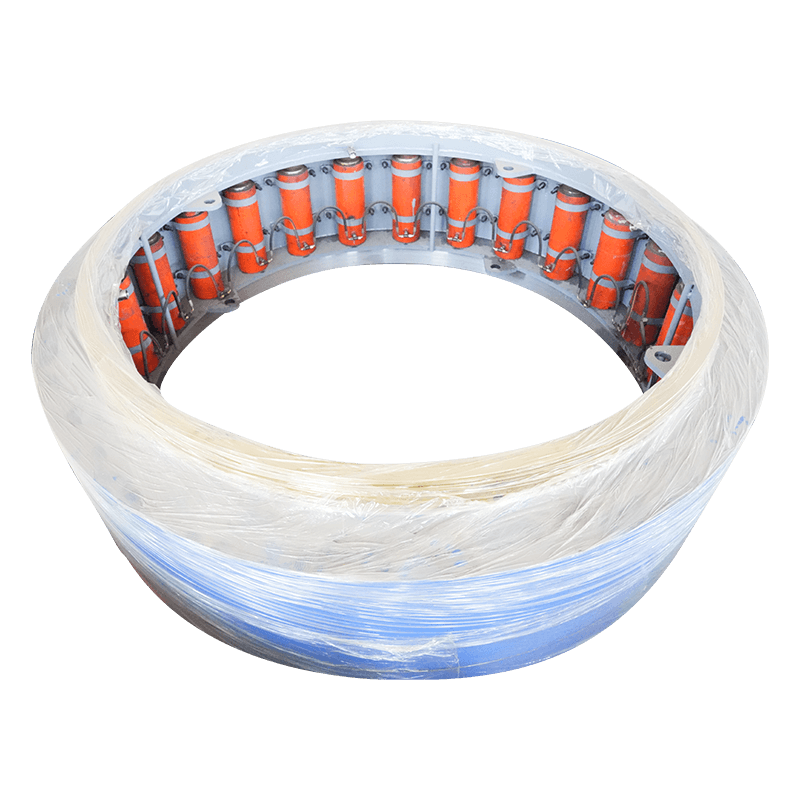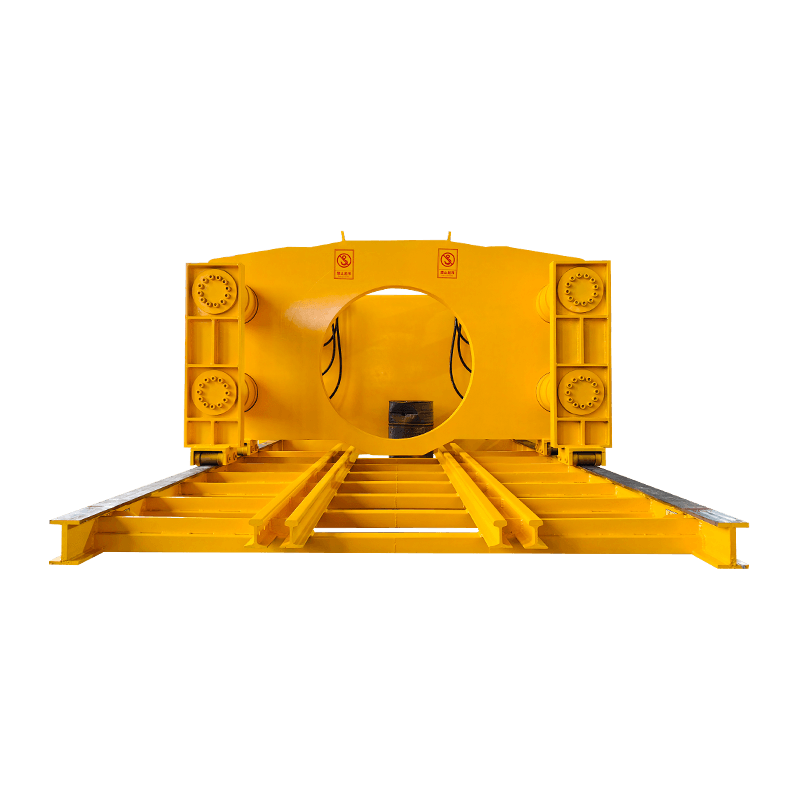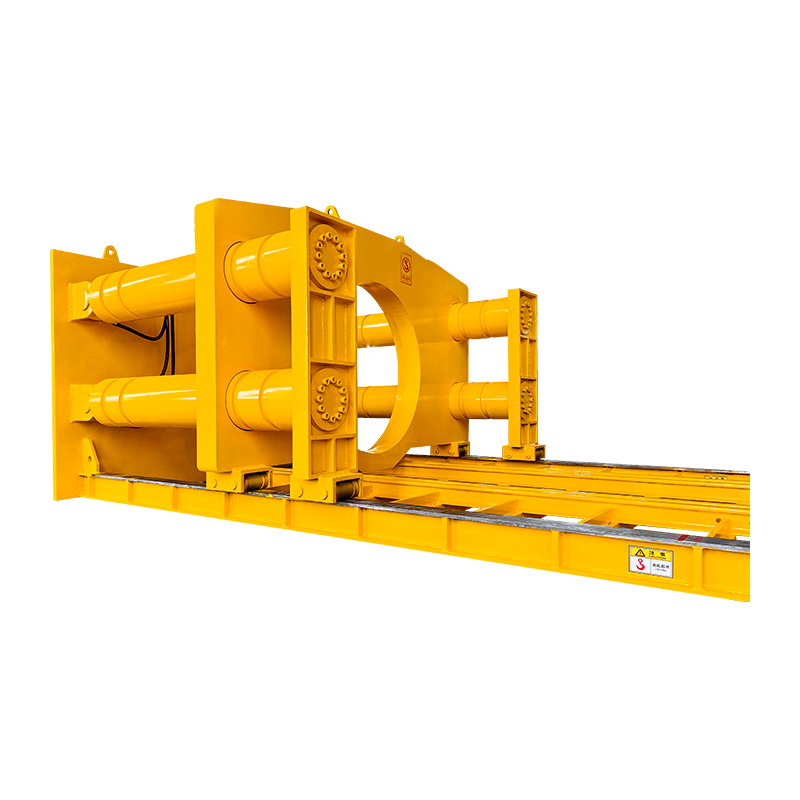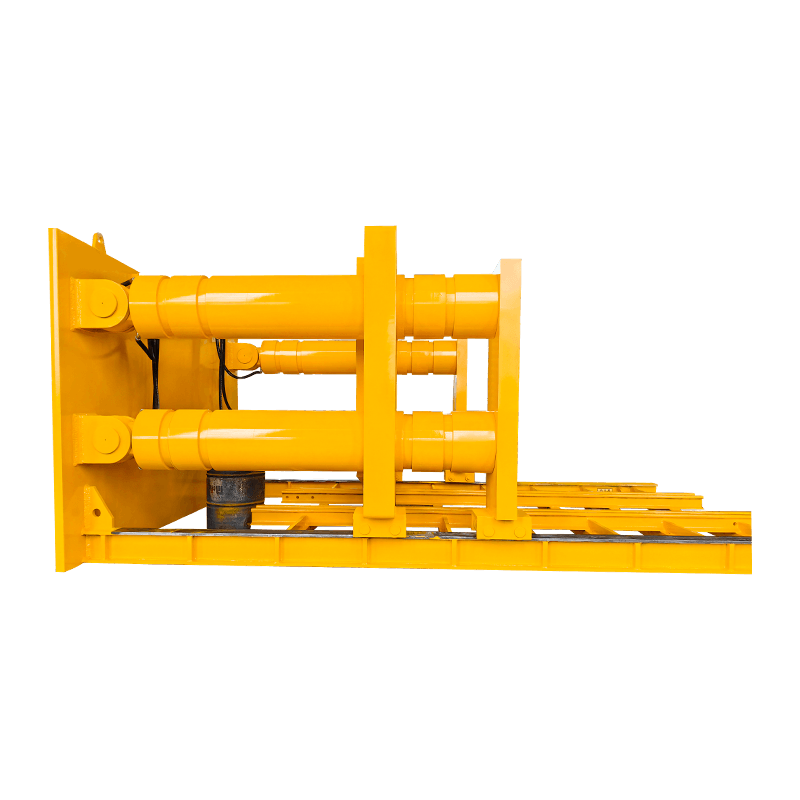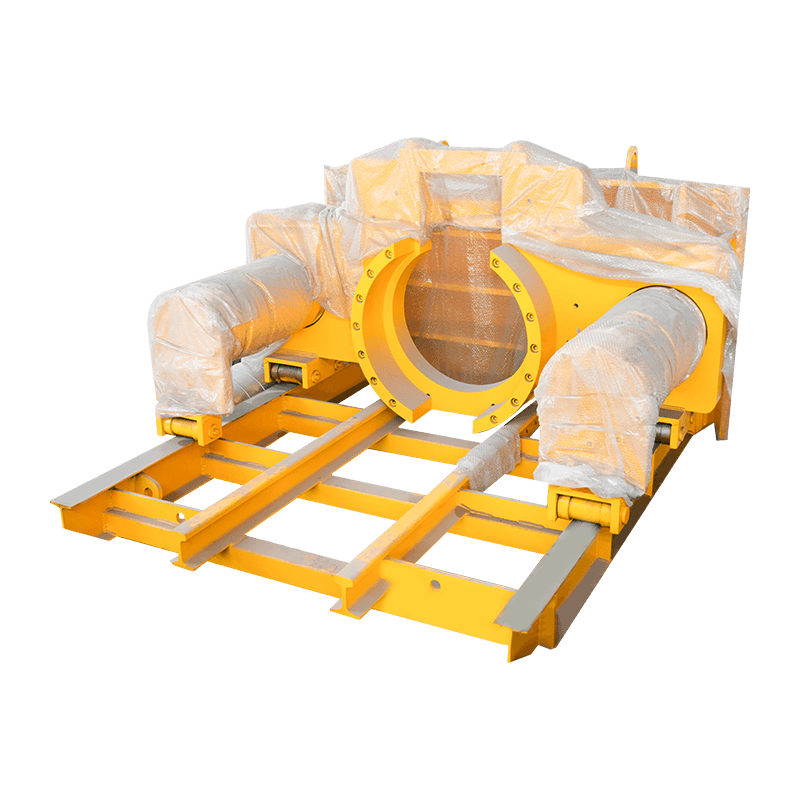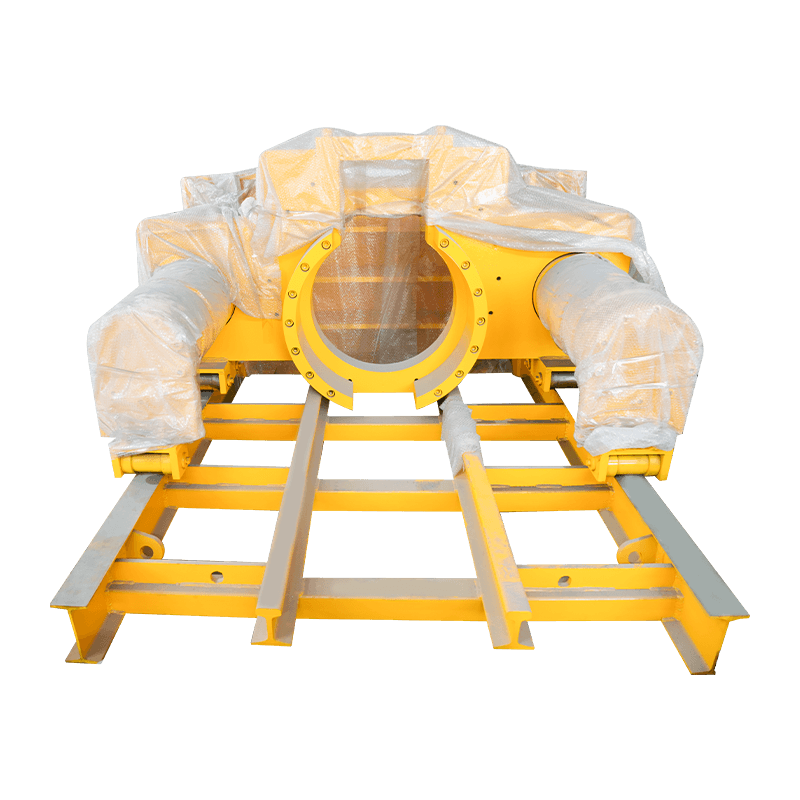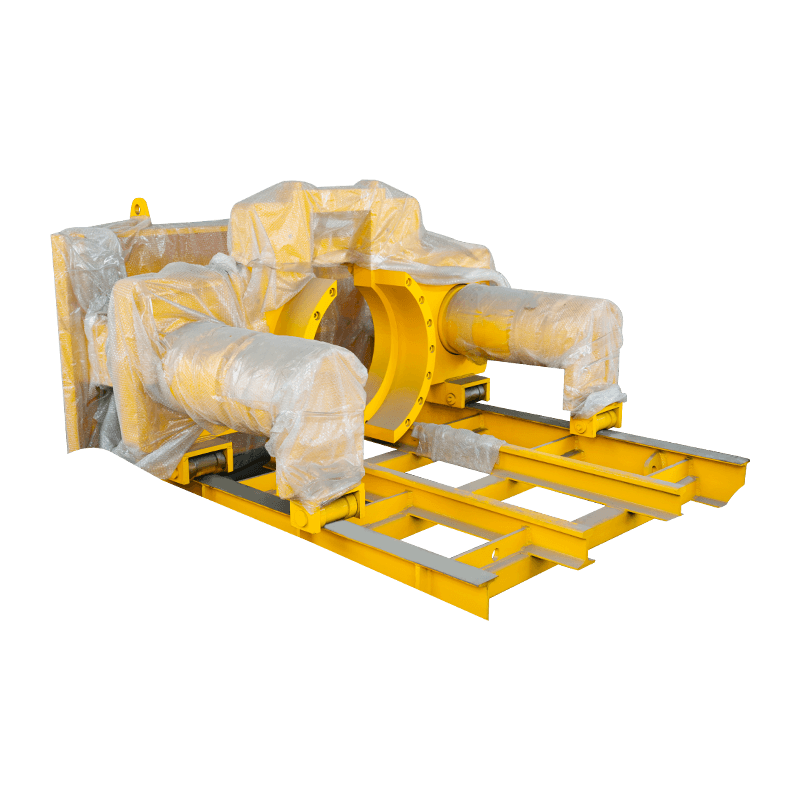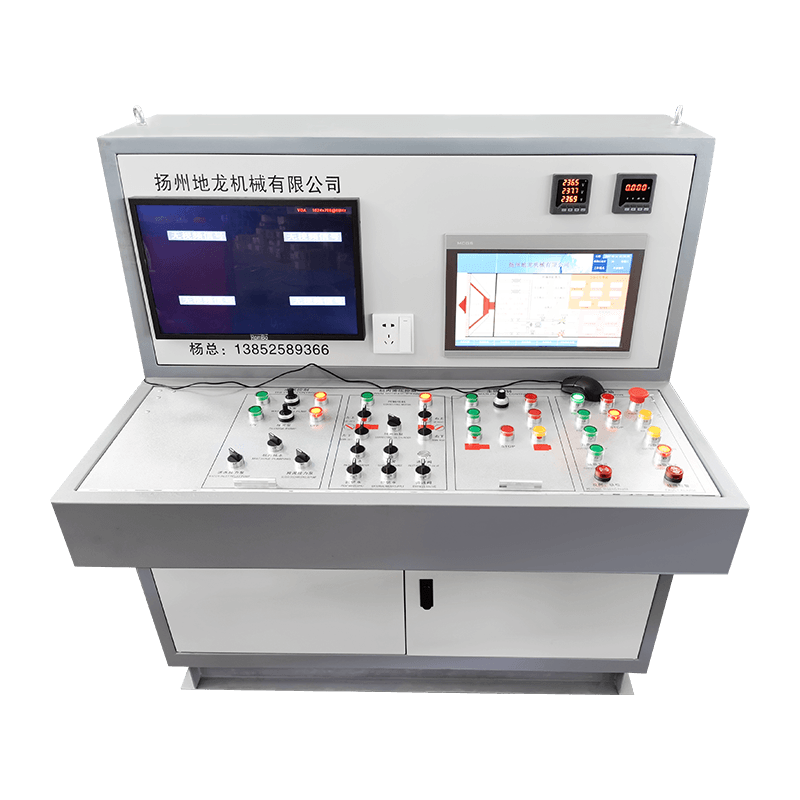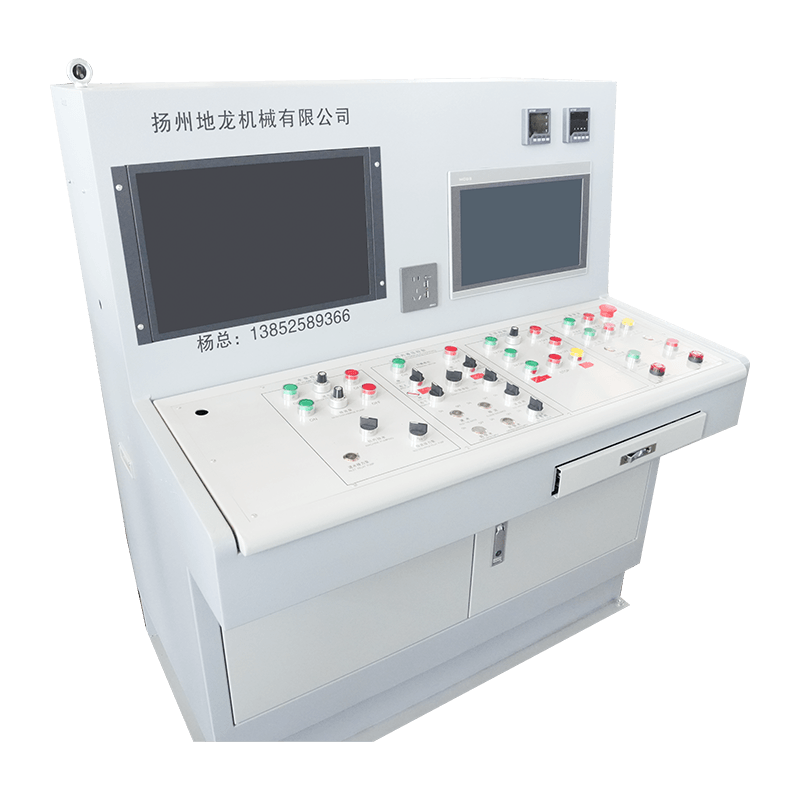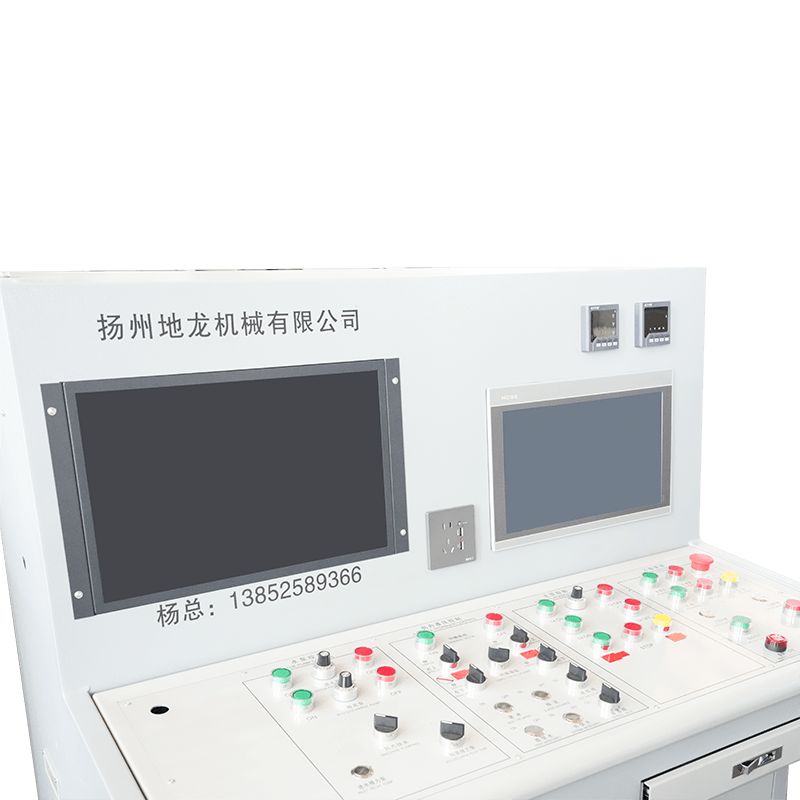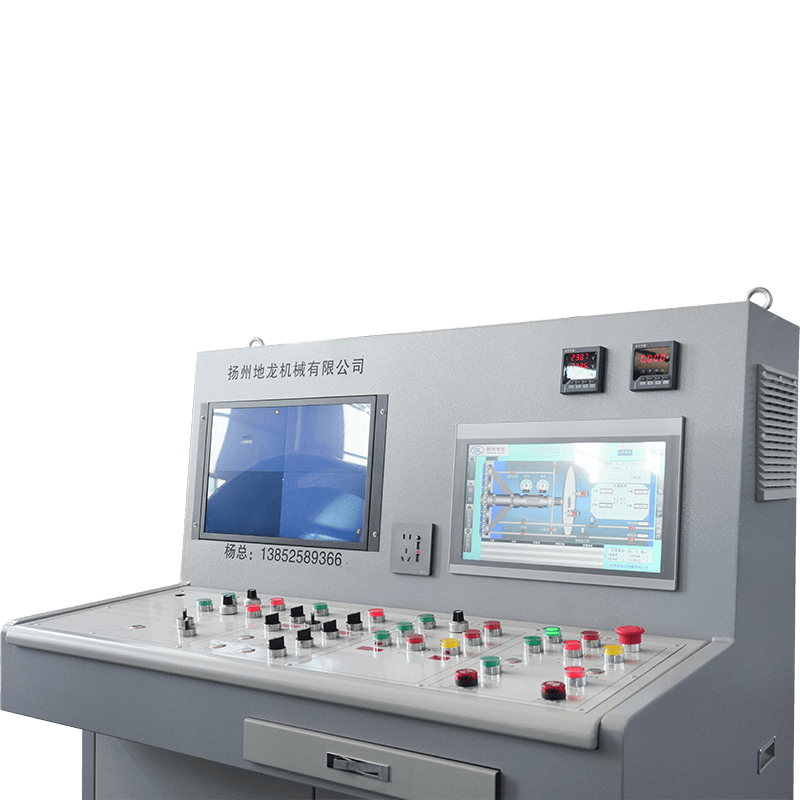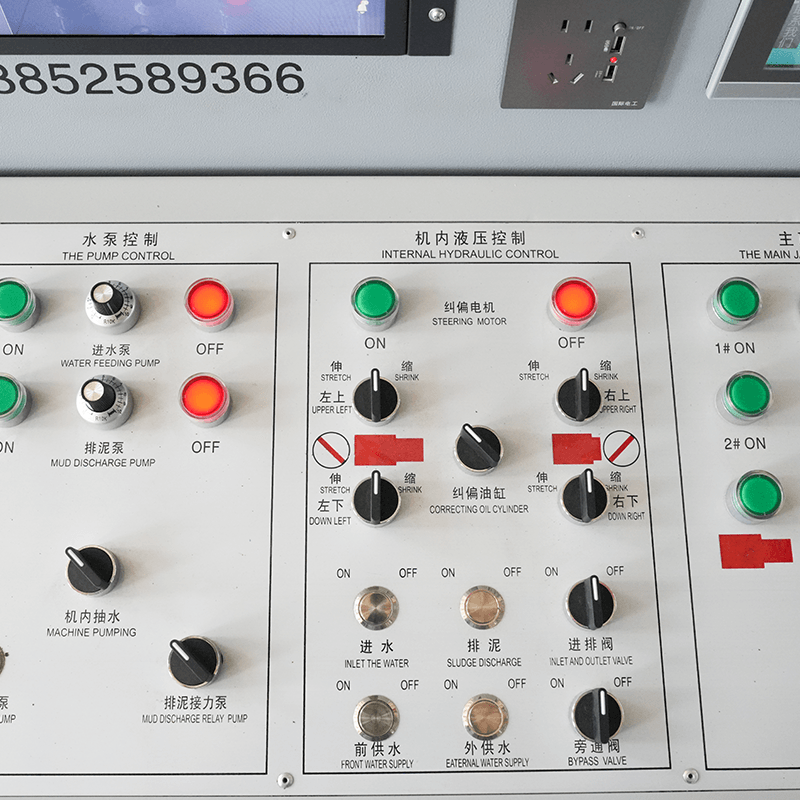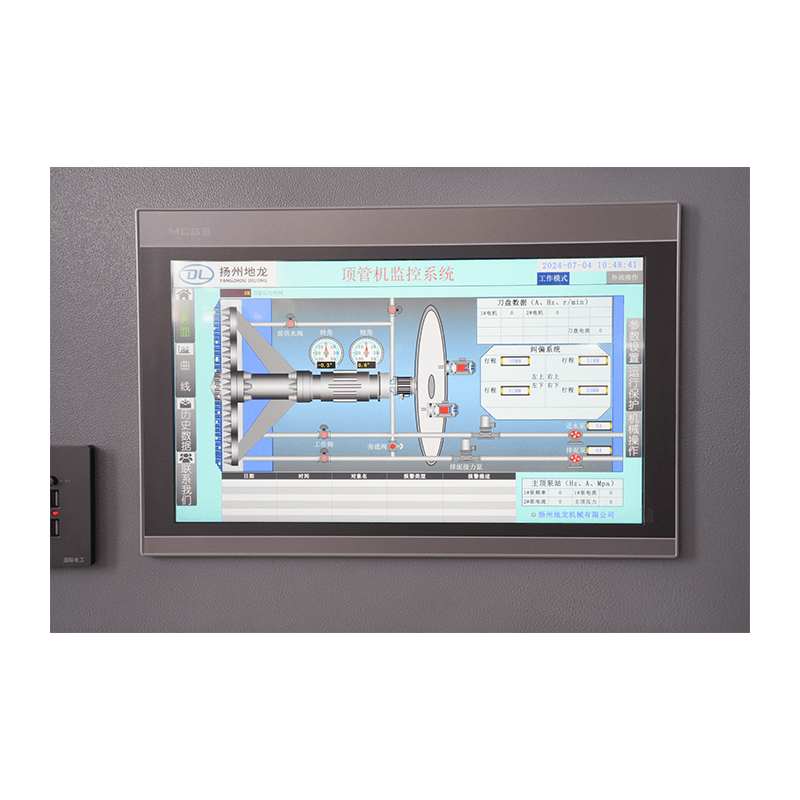Tunneling Boring Machines (TBMs) are marvels of modern engineering, designed to excavate tunnels with minimal disruption to the surface. While all TBMs serve the same basic purpose, they employ different methods to manage the excavated material, known as muck, and support the tunnel face. The two most common types are the Earth Pressure Balance (EPB) machine and the Slurry Shield. Understanding their differences is crucial for selecting the right tunnel boring equipment for a given project.
Earth Pressure Balance (EPB) Machines
EPB machines are a type of mechanized shield that is highly effective in cohesive, soft ground conditions like clay, silt, and sand. The core principle of an EPB shield is to use the excavated material itself to create a stable pressure at the tunnel face, preventing the surrounding ground from collapsing.
How It Works:
-
Excavation and Muck Conditioning: The machine's rotating cutter head excavates the soil. As the muck enters the machine's pressurized chamber (the screw conveyor chamber), it is mixed with conditioning agents like foam, bentonite, or polymers. These agents turn the soil into a plastic, toothpaste-like consistency.
-
Pressure Control: The screw conveyor, which is the heart of the EPB system, controls the rate at which the conditioned muck is extracted from the chamber. By adjusting the speed of the screw conveyor and the thrust force of the tunneling machine, a constant pressure is maintained at the tunnel face. This pressure perfectly balances the surrounding earth and water pressure, ensuring stability without causing ground settlement.
-
Muck Transport: The conditioned muck is then transported out of the tunnel on a conveyor belt or by other means.
Advantages:
-
Excellent for soft, fine-grained soils.
-
Requires less dewatering compared to other methods, making it more environmentally friendly in some cases.
-
The excavated material is often easy to handle and dispose of.
Disadvantages:
-
Struggles in coarse, highly permeable ground (e.g., gravel) where the conditioning agents can't effectively create a pressure-tight paste.
-
Can be less effective in mixed-face conditions (where the tunnel face consists of both soft and hard rock).
Slurry Shield TBMs
Slurry shield TBMs, in contrast, are specifically designed for tunneling in water-bearing, non-cohesive soils such as sand and gravel, as well as mixed-face conditions. Instead of using the excavated soil for pressure balance, they use a pressurized bentonite slurry.
How It Works:
-
Excavation and Slurry Injection: The cutter head excavates the soil, which is immediately mixed with a bentonite slurry in the excavation chamber. The slurry is pumped into the chamber at a controlled pressure.
-
Pressure Control: The pressurized slurry forms a "filter cake" on the tunnel face, which acts as a barrier to prevent water from entering the chamber and ground from collapsing. The pressure of the slurry is carefully controlled to counterbalance the external earth and water pressure.
-
Muck Transport and Separation: The mixture of slurry and muck is then pumped out of the tunnel to a surface separation plant. Here, the excavated soil is separated from the slurry, which is then reconditioned and pumped back into the tunneling machine to be reused.
Advantages:
-
Highly effective in waterlogged, non-cohesive ground.
-
Excellent for handling high water pressures.
-
Can manage a wide variety of ground conditions, including rock fragments and boulders.
Disadvantages:
-
Requires a complex and expensive slurry treatment plant on the surface.
-
The process of separating the muck from the slurry can be costly and time-consuming.
-
Disposal of the excavated muck can be more complex due to its mixture with slurry.
Conclusion
In summary, the choice between an EPB TBM and a Slurry Shield largely depends on the geological and hydrogeological conditions of the tunneling site. An EPB machine is the go-to for cohesive, soft soils, leveraging the excavated material itself for stability. A Slurry Shield, on the other hand, is the superior option for water-bearing, non-cohesive ground, relying on a bentonite slurry to maintain face pressure. Both types of tunnel boring machines represent sophisticated solutions to the challenges of underground construction, but their distinct operational principles make them suitable for different underground environments.

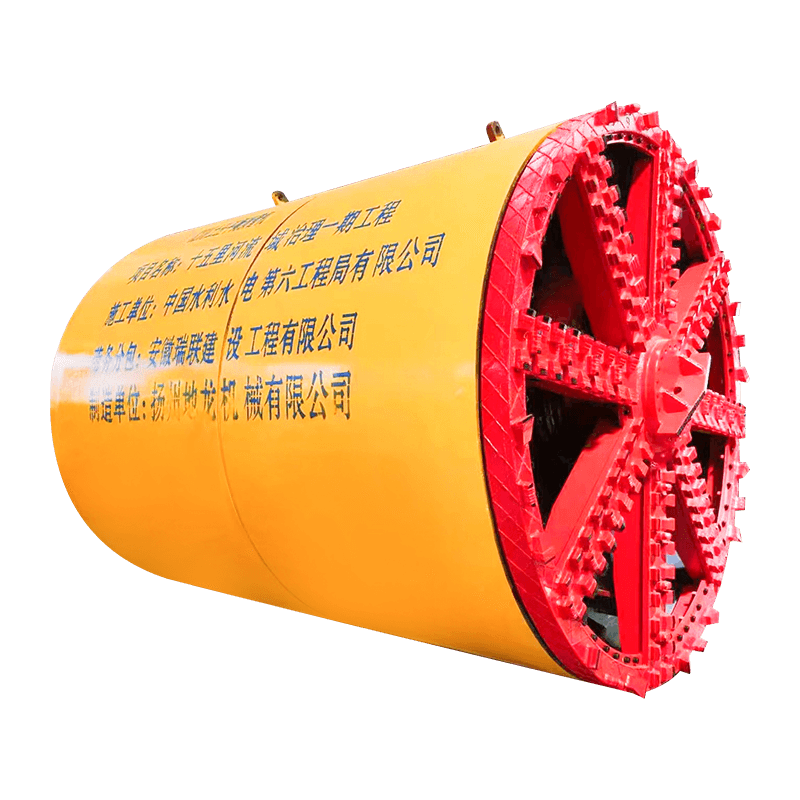
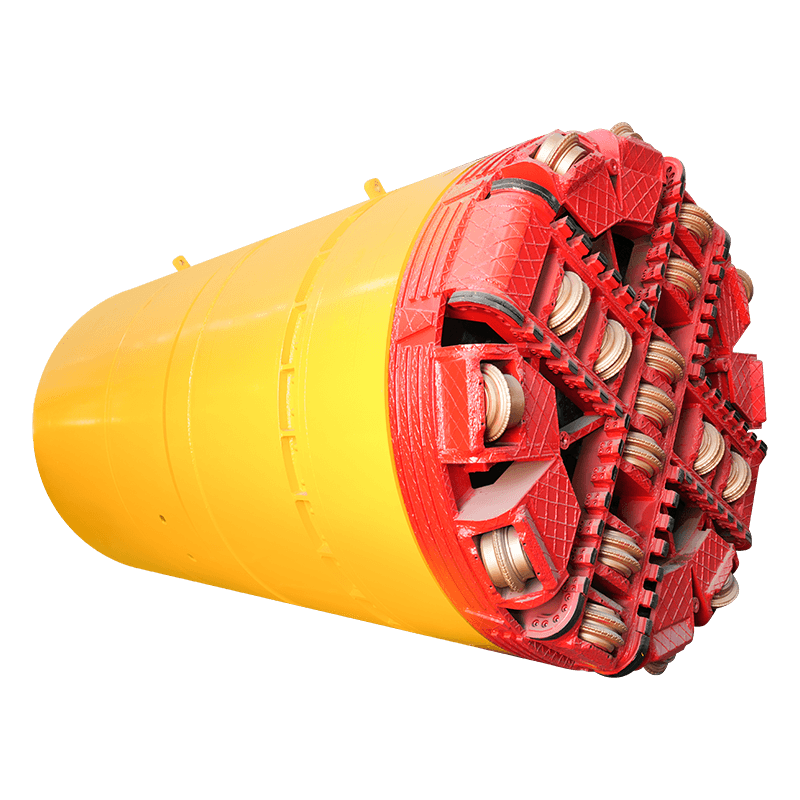

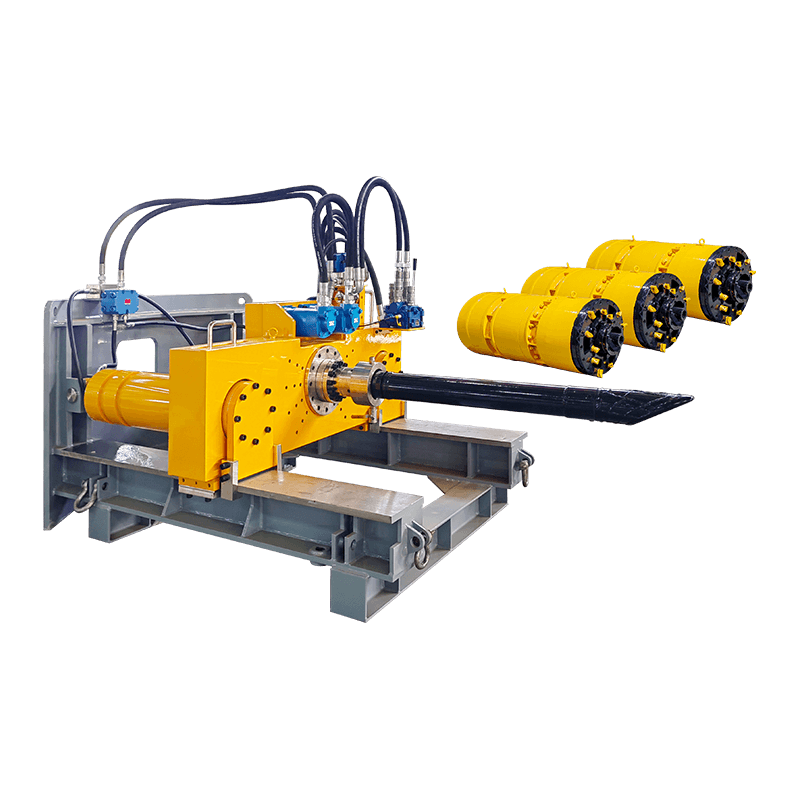
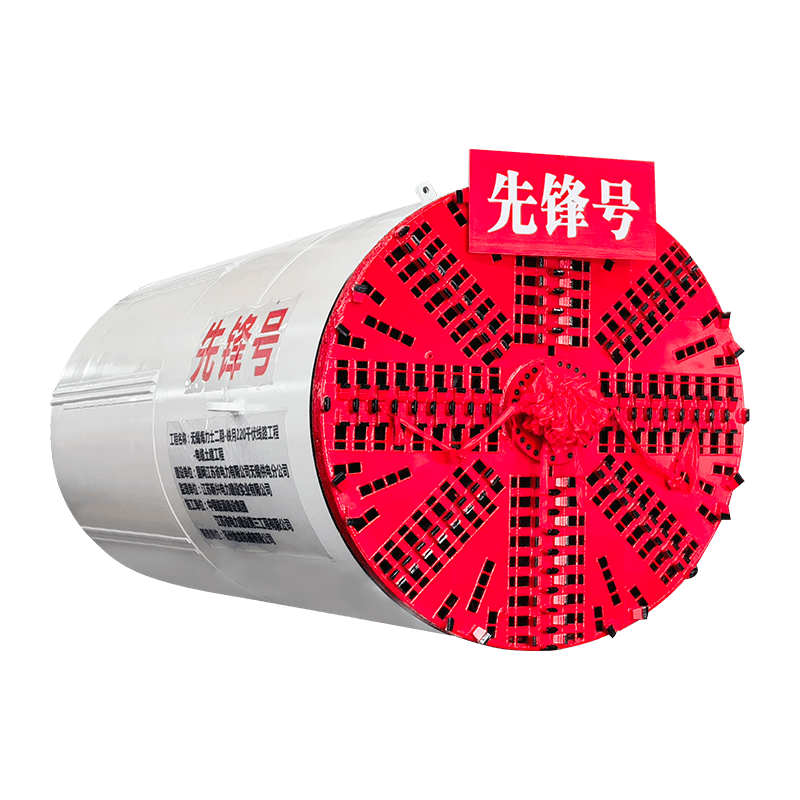
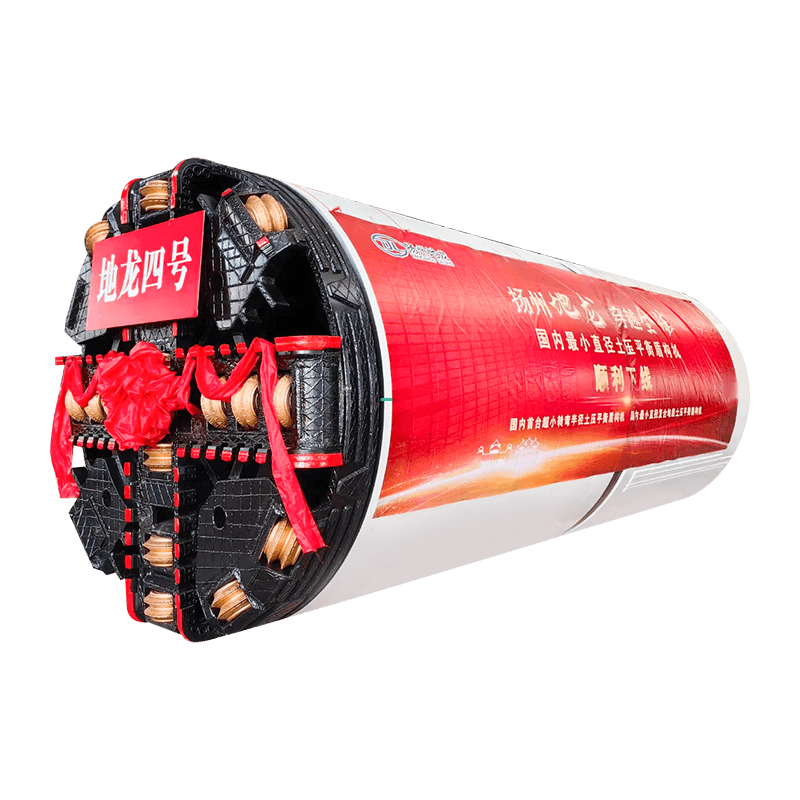

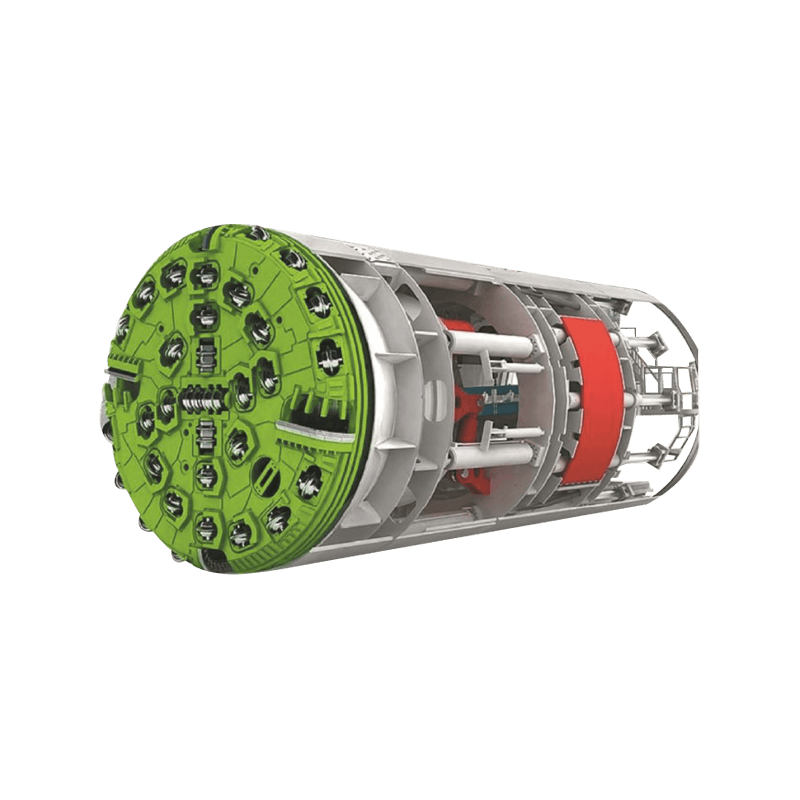
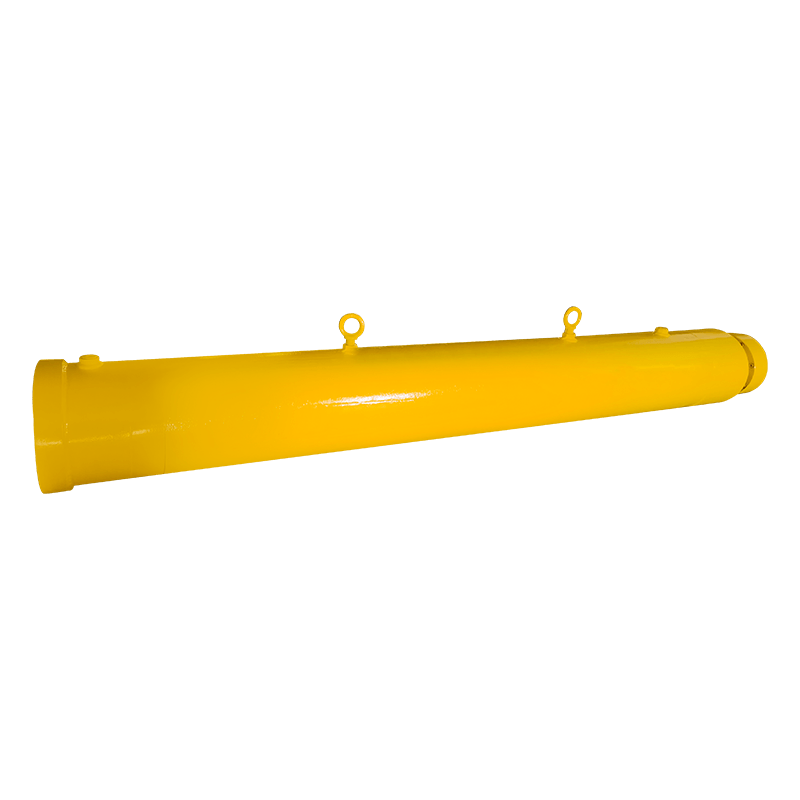



 English
English  русский
русский  عربى
عربى 